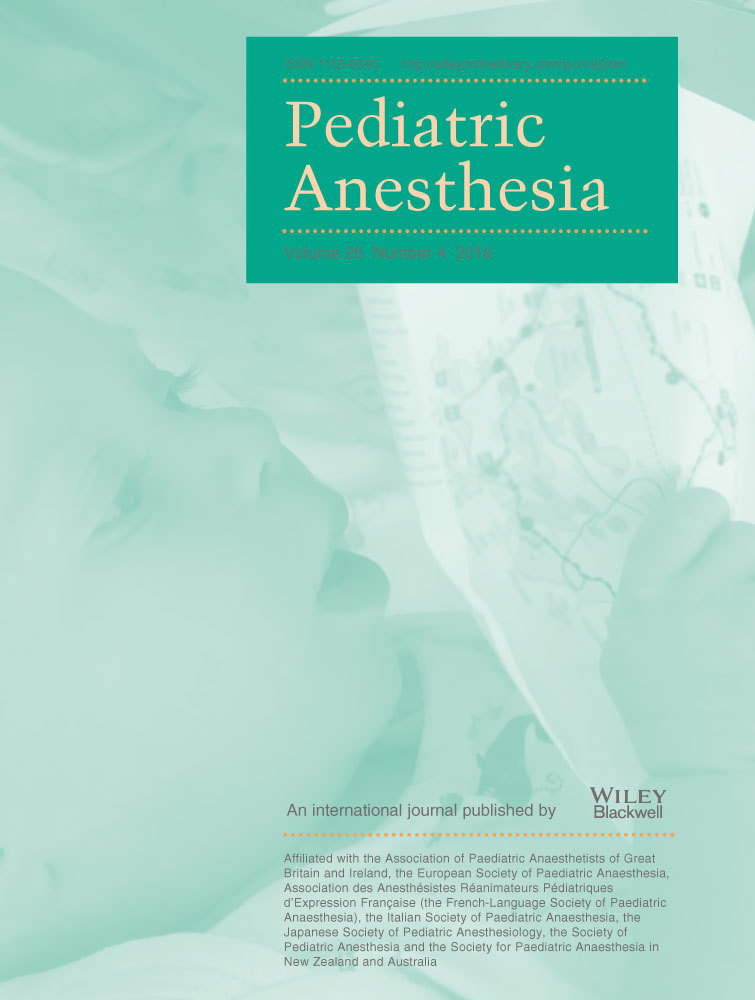Transpulmonary thermodilution (PiCCO) measurements in children without cardiopulmonary dysfunction: large interindividual variation and conflicting reference values
Summary
Background
The PiCCO system, based on transpulmonary thermodilution, is one of the few tools available for continuous hemodynamic monitoring in children. However, published data for some of the derived variables reveal indexed values that seem questionable.
Aims
The aim of this study was to collect data from hemodynamically normal children and compare these to existing reference values. Furthermore, we sought to explore if indexing some of the variables differently could improve the clinical application of the obtained values.
Methods
This is a prospective observational study in a tertiary university hospital including 31 children without cardiopulmonary disease scheduled for major neurosurgery. Measurements were performed after induction of general anesthesia.
Results
Median age was 8 months. PiCCO-derived median Cardiac Index (CI) was 3.8 l·min−1·m−2 (range 2.6–6.6), reference range 3.0–5.0, median Global End-Diastolic Volume Index (GEDVI) was 366 ml·m−2 (range 269–685), reference range 680–800, whereas median Extravascular Lung Water Index (EVLWI) was 12 ml·kg−1 (range 7–31), reference range 3–7. All measured variables had a high interindividual variation, especially in children weighing less than 15 kg.
Conclusions
Values obtained by the PiCCO system in children have a wide range, and should therefore be interpreted with caution. Current reference values published for GEDVI and EVLWI are not applicable in children; the former is too high and the latter too low, and should not guide clinical practice. Indexing by other physiological indices may reduce this problem. Using current variables, we find GEDVI 280–590 ml·m−2 and ELWI 7–27 ml·kg−1 to be typical ranges for children.




